Suzuki Developing Semi-Automatic Transmission for the Hayabusa

Patents show a Hayabusa with an automated manual transmission
Suzuki has filed multiple patent applications for a semi-automatic transmission system that may find its way on the next generation Hayabusa. Suzuki has filed three patents dealing with different aspects of the technology, filing each in Japan, the U.S. and in Germany.
The patents are credited to Hideaki Takahashi, who has several other patents related to Suzuki transmissions. The patents describe the use of actuators to control the clutch engagement and the shifting of gears, and, unlike Honda‘s DCT which uses paddle shifters, a traditional foot-controlled shift pedal. The result is a semi-automatic transmission, specifically, an automated manual transmission (AMT). The patents focus on the positioning of the actuators to make efficient use of space while also allowing them to be cooled by airflow.
Flicking the shift pedal sends a signal to the ECU to initiate a gear change. To provide some tactile feedback to the rider, the patent describes a “clicking mechanism” to simulate the feel of a traditional manual gear shift.
While the patents state the concepts can be applied to other motorcycles or potentially other types of vehicles, they all use an illustration of the Hayabusa as the example. Before we go any farther, let’s go over the usual caveats: 1) ideas in patents don’t always make their way into production; 2) if they do get used, there’s no set timeline from when patents are filed to when they enter production; and 3) drawings used in patents may just be for illustrative purposes and don’t always represent a future product.
Regarding that last point, the drawings in the patents depict the current Hayabusa (a.k.a. the GSX1300R in some markets) with a similar-looking engine, frame, and distinctive tail design. The current Hayabusa was first introduced in 2008 with only minor technical revisions since, and it’s possible this semi-automatic transmission could be applied to the current model. Remember, however, that the current Hayabusa does not comply with Euro 4 regulations and will soon no longer be a allowed to be sold in Europe.
A replacement is thus expected to come for 2019, with various rumors predicting a displacement change to 1440cc or the addition of a turbocharger. The larger displacement would make some sense, bringing the Hayabusa closer to its closest competitor, the Kawasaki Ninja ZX-14R. The turbo rumors seem less likely to us, as Suzuki has previously hinted at applying the technology to mid-sized engines rather than its largest Inline-Four. A semi-automatic transmission may be more likely than a turbo, benefiting from optimized gear shifting and higher efficiency.
We’ll have to wait to see if/and when Suzuki introduces a new Hayabusa, and whether it will use this semi-automatic transmission system. The current model will no longer be allowed to be sold in Europe after Dec. 31, 2018, so we could see a replacement during the fall motorcycle show season as a 2019 model. Incidentally, 2019 will represent the 20th anniversary of the Hayabusa, so we can expect other significant changes for a new model.

Dennis has been a part of the Motorcycle.com team since 2008, and through his tenure, has developed a firm grasp of industry trends, and a solid sense of what's to come. A bloodhound when it comes to tracking information on new motorcycles, if there's a new model on the horizon, you'll probably hear about it from him first.
More by Dennis Chung



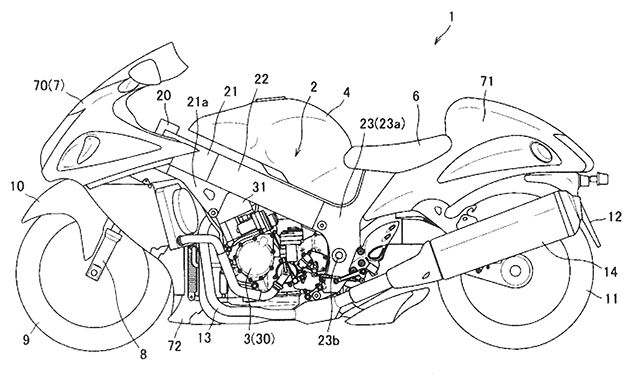
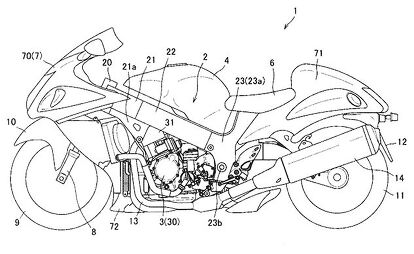














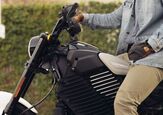
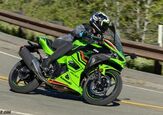

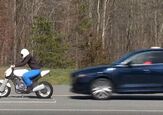
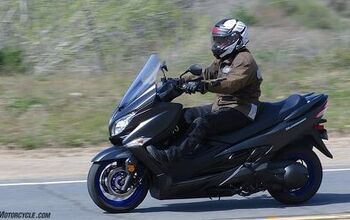

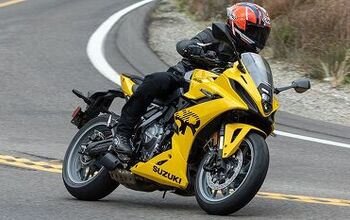
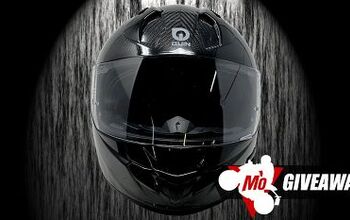
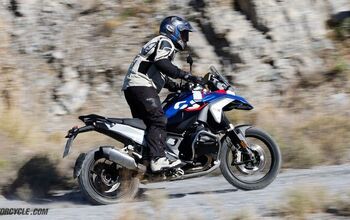
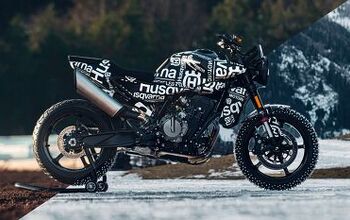
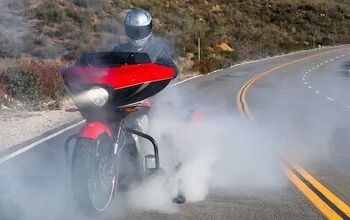
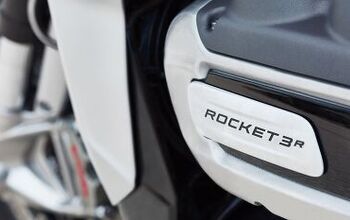
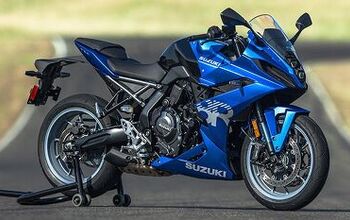
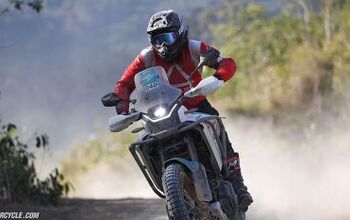

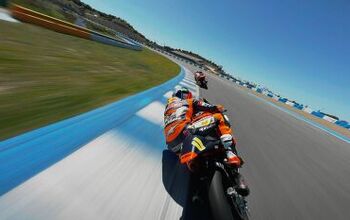
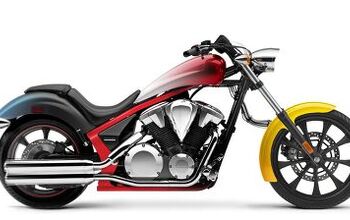


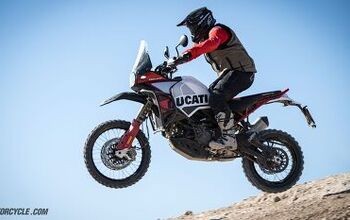

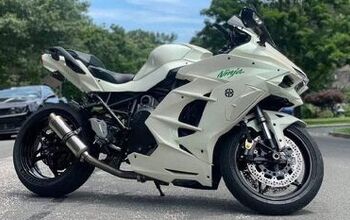
Comments
Join the conversation
Hmm, this might go over quite well. Upshift or downshift seamlessly by toeing the shift lever. There were many comments on Evans' Goldwing story about how much better Honda's DCT would be if it only had a foot shifter for manual mode. http://www.motorcycle.com/m...
In fact, Honda offers a foot shifter accessory.
(photo courtesy of Barry Allen http://disq.us/p/1pnqtri )
So Suzuki must be in a similar groove.
http://powersports.honda.co...
I definitely prefer choosing the gear to be in myself. I could live without the clutch lever, as long as the automated system works well at low speeds.